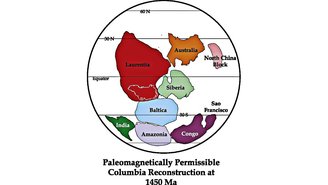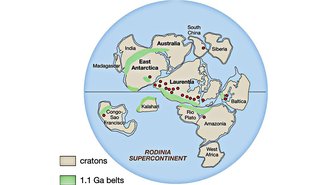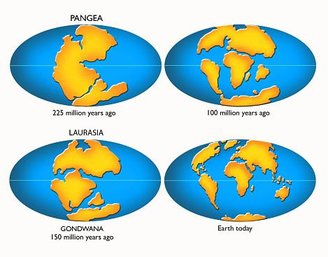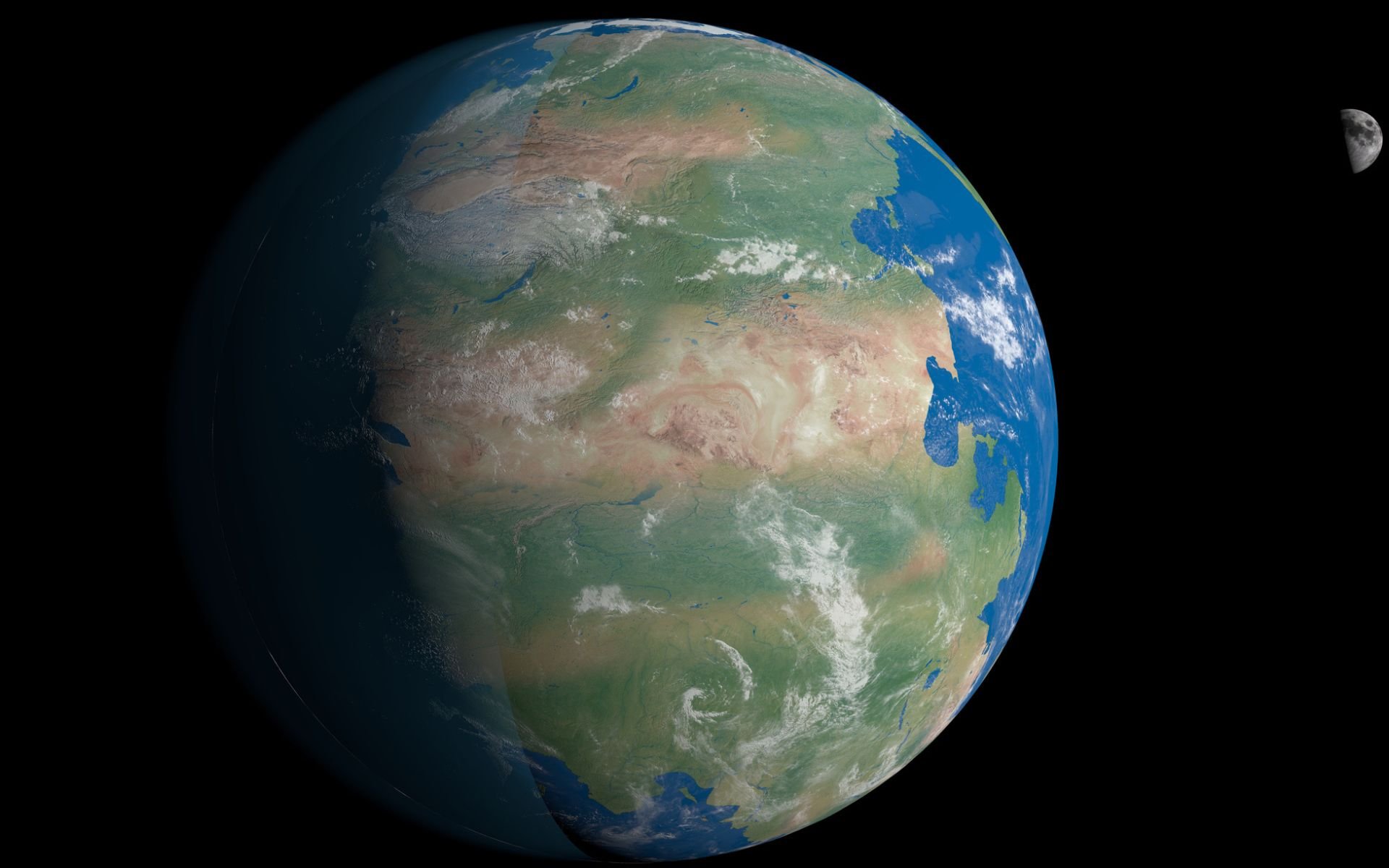Researchers have long known that tectonic plates transport carbon deep into the Earth as they pass each other. Under conditions of high pressure and temperature, the mineral crystallizes in the form of diamonds. And since everything that goes down sometimes comes back, this carbon comes up again, and this return is magnificent.
This material, compressed into hard and shiny stones, reaches the Earth’s surface with impressive volcanic eruptions of very high power and speed. during the disintegration of structures known as supercontinentsThey are formed when continents come together again in a cycle that lasts 300 to 500 million years.
The last time this process occurred 86 million years ago, at the end of the Cretaceous, a volcanic fissure in what is now South Africa led to a deep flow of magma through rocks. Like the splash of a giant champagne bottle, the liquid rose at up to 234 km/h, creating a magma cascade and a series of carrot-shaped tubes filled with igneous rocks.
Geodynamics of kimberlites on a cooling Earth
In 1869, the discovery of a huge, shiny rock (later known as the Star of Africa) on the banks of the Vaal River triggered a diamond rush and turned this idyllic region into the hellhole known as the Kimberley Mine. The deepest depths of the Earth have already been excavated on the planet. From here, These formations where diamonds were found were called kimberlite.
Since no one has ever witnessed the explosion of these diamond pots, researchers at the University of Southampton in England used computer modeling of the Earth’s deep crust and upper mantle to understand how kimberlites “walk” to the surface.
They discovered that the origin of kimberlites is closely related to the process of rifting (thinning and breaking apart) of continental crust, which occurs when tectonic plates separate. In this process, hills and valleys form on the surface and at the base of continents, allowing hot mantle materials to rise, then cool and descend in the form of eddies that form valuable geological formations.
Diamonds and supercontinents: The story kimberlites tell
Modern studies are trying to understand how kimberlites managed to penetrate huge cores that geologists call “cratons,” areas of ancient continents where the crust is thickest. One such study, conducted in 2018 and led by Sebastian Tappe of the Arctic University of Norway. suggests that pulses of kimberlite activity approximately correspond to the timing of supercontinent breakups.
Check out some of these coincidences.
Columbia/Nuna

The first coincidence observed by Tappe’s team was an increase in kimberlite eruptions near the breakup of the supercontinent Nuna (also known as Columbia) about 1.2 billion years ago. occurred in the Precambrian period This supercontinent connected present-day eastern India to the basalts of Columbia, present-day United States.According to a study published in 2017 in the journal Gondwana Research.
A recent study led by Professor Hugo Olierook of Curtin University in Australia confirmed that pink diamonds from a formation discovered in Western Australia rose to the surface around 1.3 billion years ago, also through Nuna’s rupture window.
Rodinia

Another kimberlite impact detected by Professor Tappe’s team in 2018 occurred approximately 600 to 500 million years ago. This period coincides with the breakup of the supercontinent Rodinia. It formed about a billion years ago and broke apart about 700 million years ago.
Rodinia, where North America is the main landmass core, was still intact when the first land animals evolved 800 million years ago, according to the Smithsonian Ocean.
Pangea

The most productive period observed in the 2018 study is responsible for 62.5% of all kimberlites known to date. occurred approximately 250 million to 50 million years ago, coinciding with the breakup of the supercontinent PangeiThe. According to some researchers, this is definitive proof that supercontinent cycles are necessary for kimberlite eruptions.
Pangea, which formed about 320 million years ago and separated about 175 million years ago, was proposed in 1912 by German Alfred Wegener, who noticed that the coasts of Africa and South America fit together like giant pieces of a puzzle. The geophysicist was also responsible for the theories of continental drift and plate tectonics.
Did you like the content? Therefore, always stay up to date with the latest studies on the evolution of our planet at TecMundo. And don’t forget to share the article on your social networks!
Source: Tec Mundo
I’m Blaine Morgan, an experienced journalist and writer with over 8 years of experience in the tech industry. My expertise lies in writing about technology news and trends, covering everything from cutting-edge gadgets to emerging software developments. I’ve written for several leading publications including Gadget Onus where I am an author.













